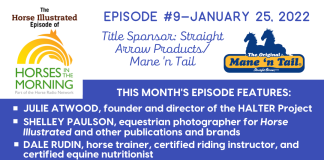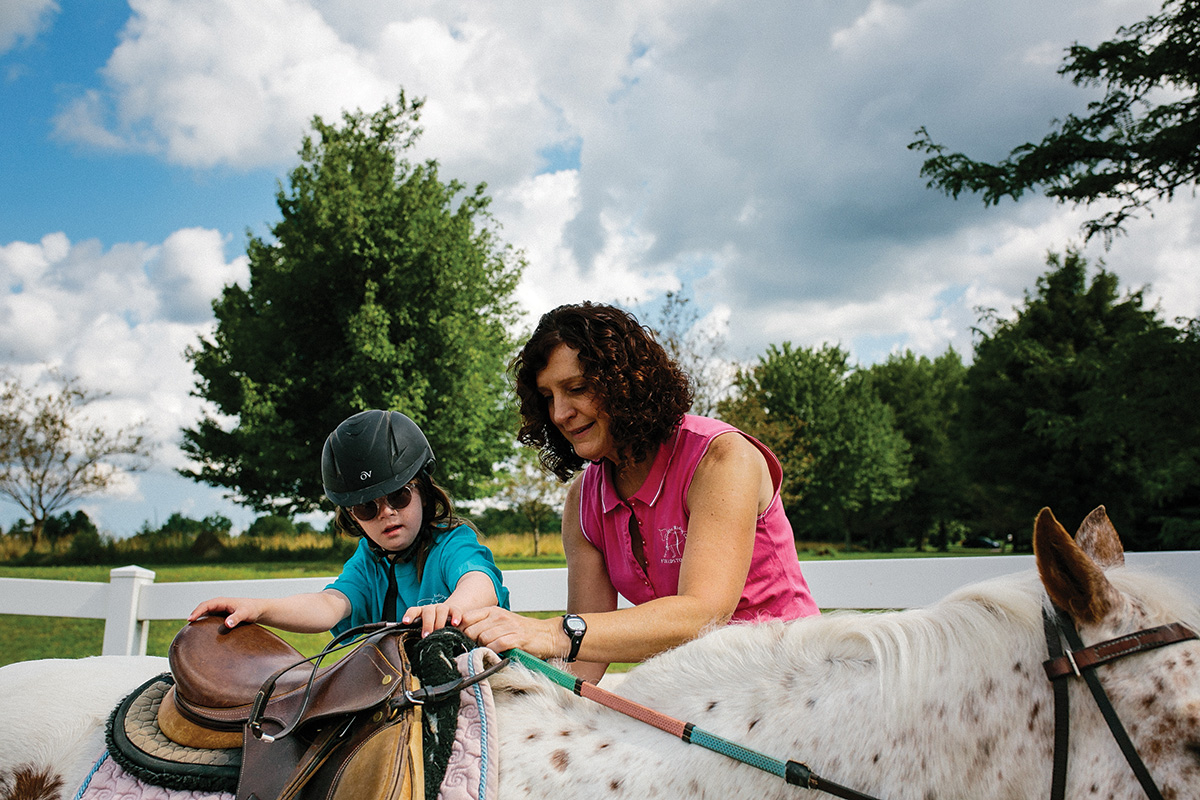
Are you in the market for a new career? Equine assisted services (EAS) centers across the U.S. are reporting job openings for qualified applicants.
What are Equine Assisted Services (EAS)?
People are often surprised to learn the depth and breadth of EAS. The Professional Association of Therapeutic Horsemanship International (PATH Intl.) describes EAS as an umbrella term that includes offerings in therapy, horsemanship and learning.
Therapy can only be provided by licensed physical, occupational, or recreational therapists, speech and language pathologists, and counselors or psychotherapists. The requirements for these careers are spelled out in their specific education and licensing requirements.
These licensed professionals either have equine skills or team with someone who has equine skills. They are the only ones who can use the term “therapy” in the descriptions of what they provide.
To pursue a career in therapy, you first must attain a degree and licensure in your chosen profession. If you’re interested in any of the therapy careers, explore which ones might be a good fit for you. The American Hippotherapy Association can provide more information on how to combine those degrees with horses.
Horsemanship and learning are non-therapy activities.
Horsemanship is provided by qualified therapeutic/adaptive riding instructors and can include mounted or unmounted activities. These non-therapy options could include riding, competitions, therapeutic driving, interactive vaulting, and ground lessons.
Learning focuses on mounted or unmounted experiential activities provided by trained professionals, such as teachers and life or executive coaches who are also therapeutic/adaptive riding instructors, or team with someone who is. These non-therapy options could include focuses on education, corporate organizations, leadership or personal development.
Support Careers
The saying “it takes a village” applies perfectly to EAS. Many roles help bring people and horses together in an EAS program. These support career opportunities are equally in demand.
“Barn staff is challenging to keep,” says Lynnette Stuart, CEO of Fieldstone Farm Therapeutic Riding Center in Chagrin Falls, Ohio. “The positions that are most difficult to fill are those that require certification or equine experience, because everyone’s interpretation of equine experience is very different.”
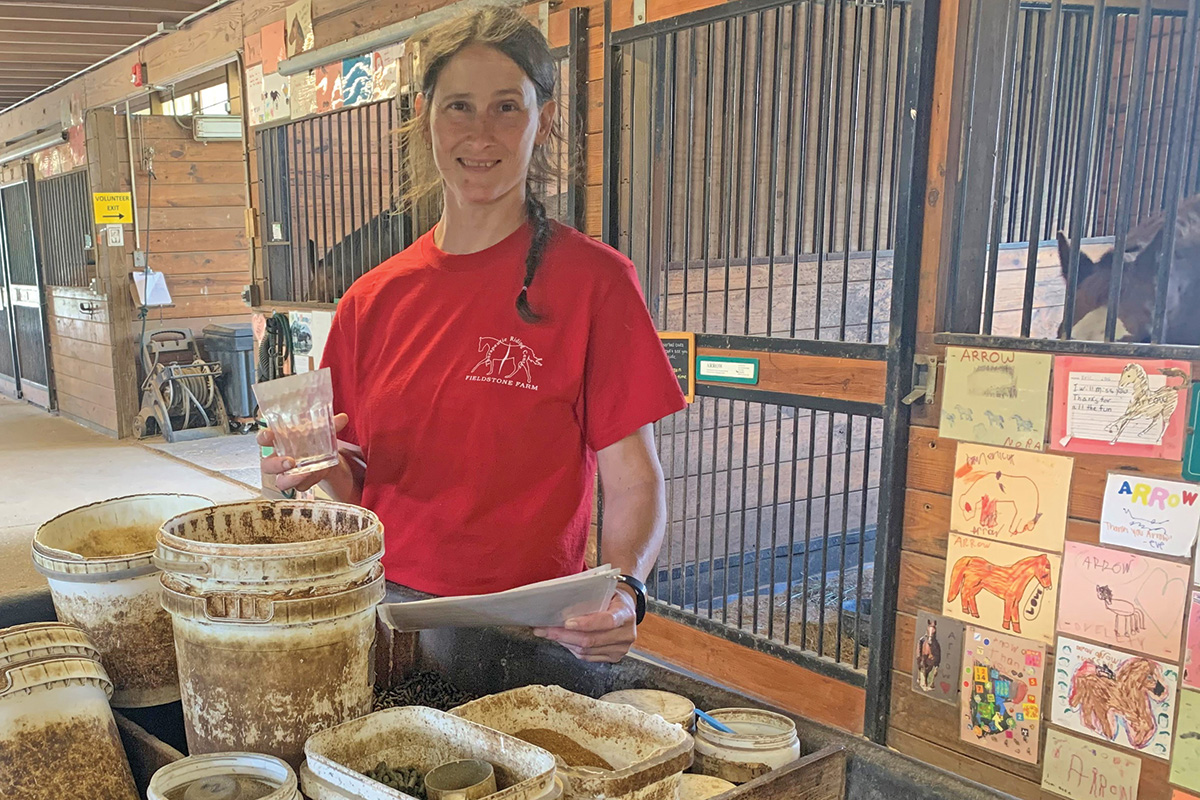
Kitty Stallsburg, CEO of High Hopes Therapeutic Riding in Old Lyme, Ct., has also noted that some roles are harder to staff than others.
“Volunteer management positions are the most difficult to fill for our program,” she says.
A wide range of job titles can be found on websites of EAS centers across the country. A quick search to look at staff job titles provides a sampling of career opportunities in equine management, volunteer management, program management, training and education, communications, fundraising, grant writer, or CEO/Ed.
New titles, such as digital marketing director or equine well-being monitor, are also appearing. Each of these positions requires a specific skill set.
Skill Sets
Horses, donkeys, mules, ponies, and Miniature Horses are all equines that can be found making a difference, and without them there would be no programs. The people who partner with these special equines require broad knowledge and horsemanship skills.
These skills can be obtained through life experience and/or obtaining education at a university in an equine field of study. Universities offer degree programs, minors, and concentrations in EAS, in addition to a variety of equine degrees. 4-H, United States Pony Clubs, horse camps and riding lessons all help educate a knowledgeable and skilled horse person. It can’t be stressed enough that in-depth equine knowledge and horsemanship skills will make for a stronger job candidate and a more effective and safe EAS program.
Therapeutic/adaptive riding instructors require skills in equine management, horsemanship, instruction, teaching methodology, and disabilities. Detailed requirements can be found at pathintl.org.
Specific criteria can also be found for interactive vaulting, therapeutic driving, and equine specialist in mental health and learning (ESMHL) instructors. These criteria can guide you on your career journey.
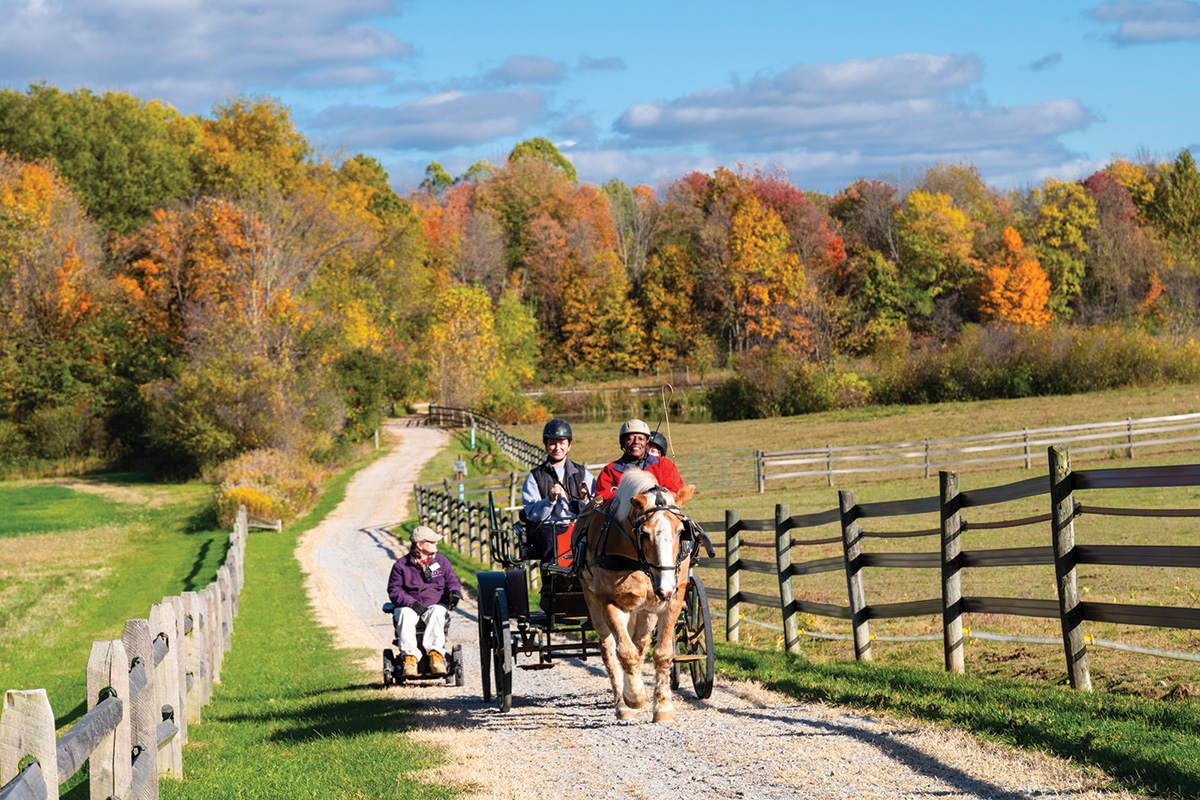
The more diverse your skills, the more marketable you will be. Often two skill sets can be paired into one position. Examples of staff with a diversity of skills include a barn manager or volunteer coordinator who teaches several EAS classes; a caretaker covering the receptionist role on weekends; or a head instructor who is also the grant writer.
“A career as a therapeutic riding instructor was sustainable for me because I had the education and experience to begin in the EAS industry as a head instructor and then program director,” says Lili Kellogg, CEO of Equest Therapeutic Horsemanship in Dallas, Texas.
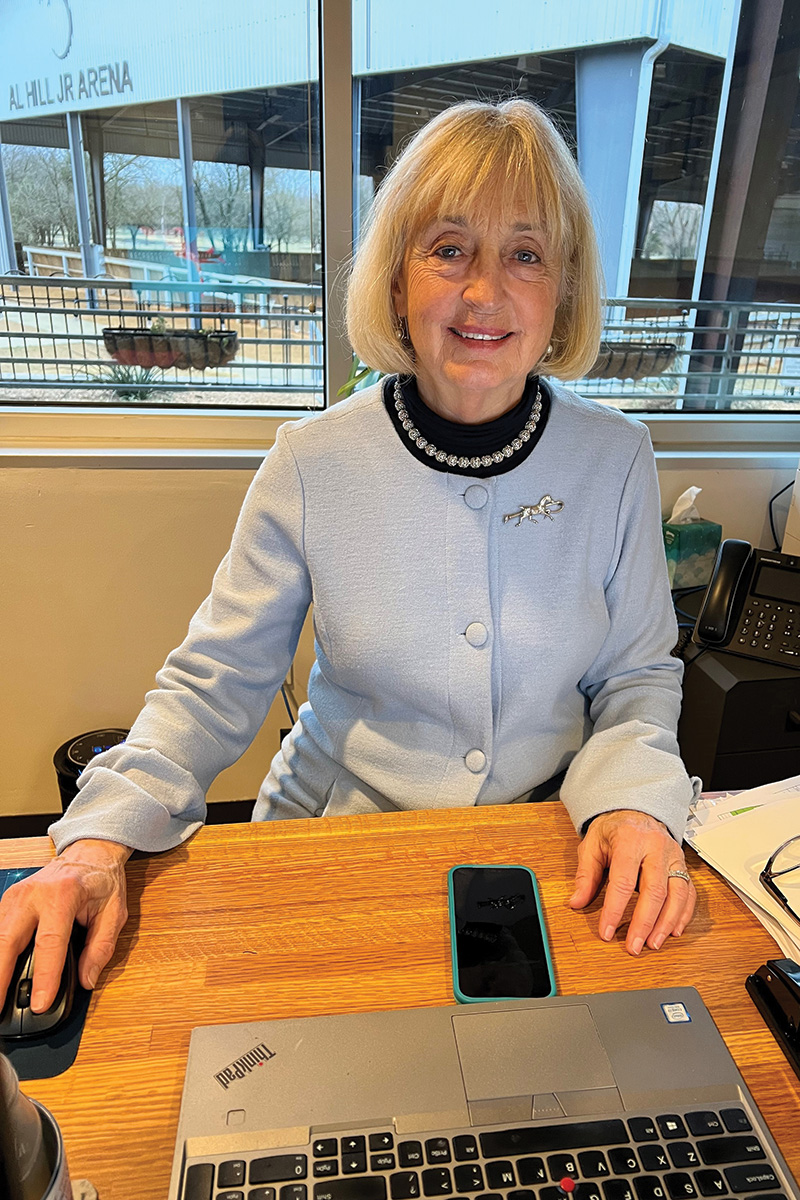
Where to Start
Since EAS has more opportunities than most people realize, where should you start? First, learn by doing and volunteer at a local EAS program. Shadow different personnel and experience a program in action. Participate in lessons as a horse-leader or a side-walker, assist a volunteer coordinator, or participate in a fundraiser.
Be prepared to relocate to find your dream job and best culture fit.
“Potential candidates need to be open to relocation, plan for it, prepare for it, and ask for help,” says Amy Tripson, logistics manager for ROCK Equine Therapy in Georgetown, Texas. “Centers are motivated to find staff and you’re motivated to find a job, so work together to reach that goal. Be flexible, talented and driven.”
Join professional organizations to keep abreast of this fast-paced industry. Examples of organizations to follow are the Horses and Humans Research Foundation (HHRF), PATH Intl., the Certified Horsemanship Association (CHA), and Federation of Horses in Education and Therapy International (HETI).
Being current will help you follow the industry trends.
“Lots of Baby Boomers are retiring,” says Lynn Petr, CEO of Shangri-La Therapeutic Academy of Riding (STAR) in Lenoir City, Tenn. “Many of the Boomers hold top positions with higher pay rates. Focus on adding needed skills for those positions to your portfolio.”
Additionally, you can check out educational offerings through organizations, colleges, and universities to help decide a professional course of action.
Dana Butler, CEO of the Shea Center for Therapeutic Riding in San Juan Capistrano, Calif., sums it up:
“A career in equine assisted services is answering a call. That call is to service, to excellence, to the horse and its innate power, and to be of service to persons who need what we offer as a profession. You will change people’s lives for the better.”
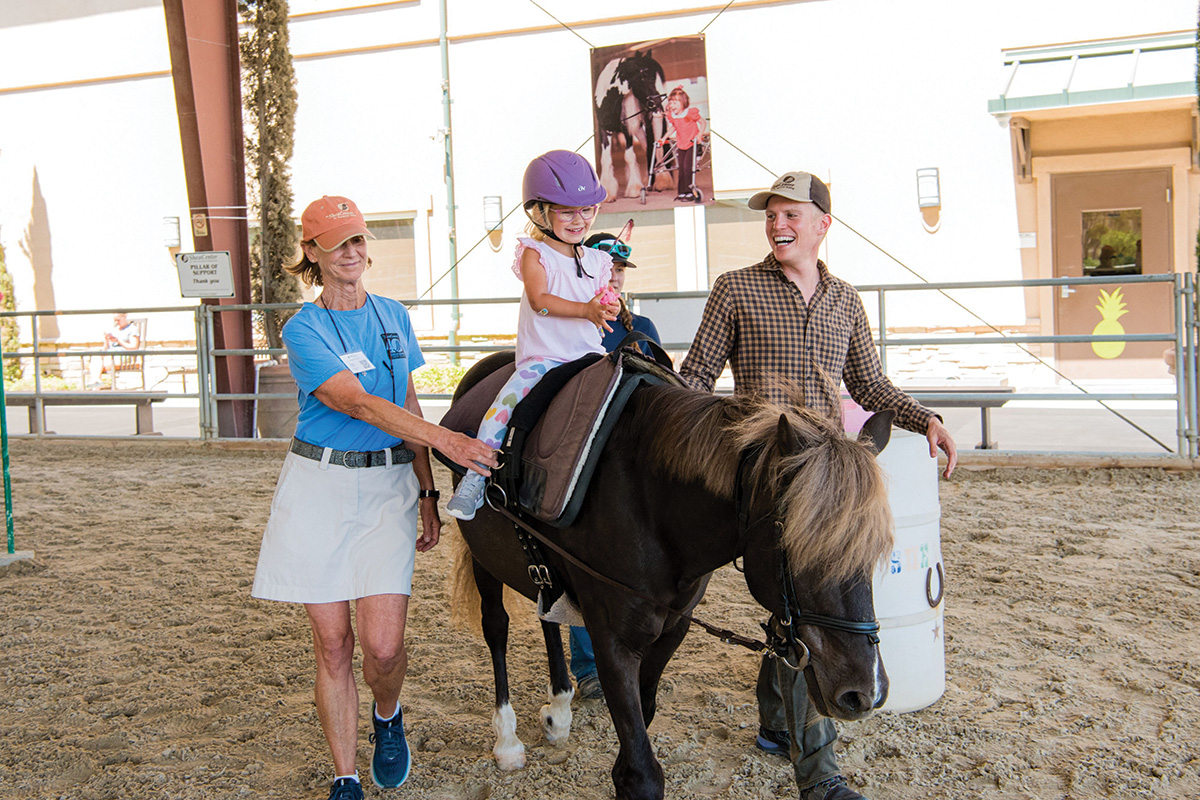
Equine Assisted Services Volunteer OpportunitiesConsider volunteering at a local equine assisted services (EAS) center to learn more about potential careers. If a career in EAS is currently not in the cards, you can still make a difference by volunteering. What to expect: ◆ You will receive training for your role at the program, and previous experience is not required. You will be required to complete a volunteer application. ◆ There are a variety of roles available, from assisting in lessons and helping in the barn or office to working on a special event. ◆ Locate an EAS program near you through the internet and/or word of mouth. PATH Intl. maintains a searchable list of affiliated EAS programs. |




